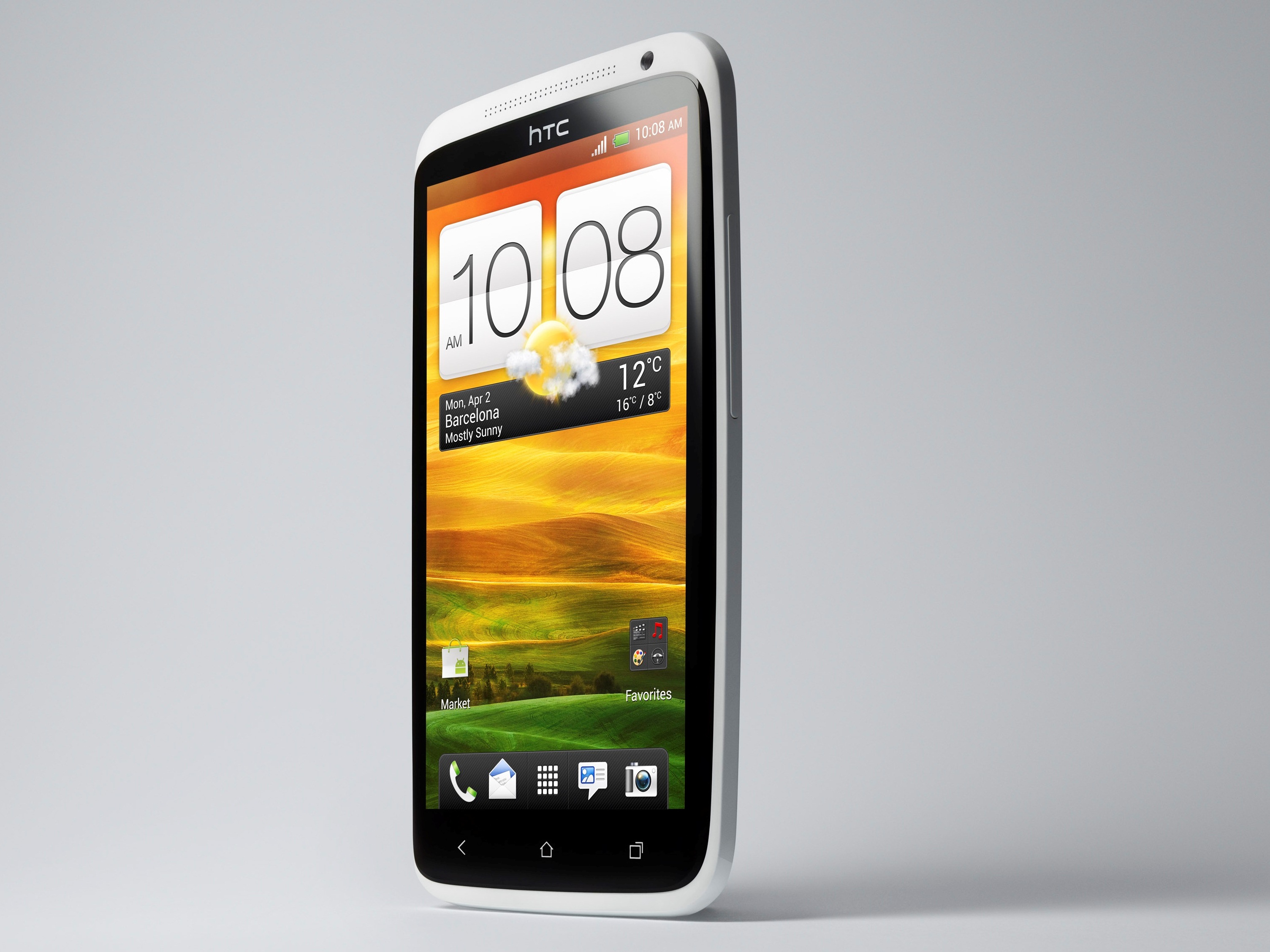Why quad-core smartphones are overkill
We've seen it all before on the PC

It's official. The smartphone market has gone core crazy.
Recent weeks have seen the launch of an armada of snazzy new quad-core smartphones from the likes of HTC, LG and Huawei. Samsung's also tooling up to unleash its own quad-core ARM chip in a few month's time
Meanwhile, Apple's refreshed third-gen iPad has been outed and it's only got two cores. World plus dog is a bit disappointed.
Well, iPad 3 only has two CPU cores. Apple is styling the graphics as quad-core, but that's more than a little disingenuous unless you'd also be happy to describe something like an AMD Radeon HD 7970 graphics card as having 2,048 cores.
Been there, done that
Thing is, we've been through all this before on the PC. Five or six years ago, Intel's marketing pitch was all about a future of massively multi-core PC performance. Today, mainstream PCs sport a maximum of four cores. And that's been the case for years.
The point is that there's a lot more to performance than mere core count. That's especially true for ultramobile devices like smartphones that are so sensitive to power consumption. Part of the problem – and here again, there are parallels with the PC platform – is the question of software scaling. It's not much use having all those cores if the software isn't fully threaded.
What's more, not all CPU cores are equal. That's why, for instance, Intel's quad-core chips are faster than AMD's eight-core CPUs. Intel's cores are much more powerful than AMD's. You can see the same thing happening in smartphones.
Get daily insight, inspiration and deals in your inbox
Sign up for breaking news, reviews, opinion, top tech deals, and more.
Qualcomm's new Snapdragon S4 CPU, also known as Krait, is launching in dual-core trim. But early benchmarks suggest it may well have the measure of Nvidia's quad-core Tegra 3 chip. That's the chip used in those new quad-core smartphones, launched at World Mobile Congress.
That's out-of-order
The explanation is that Qualcomm has gone for out-of-order instruction execution, making each Krait core much more powerful than any previous ARM architecture. In the real world, then, using real software (ie poorly threaded software), it's likely Krait will feel much faster than Tegra 3.
That's not the only reason to be wary of going core crazy when it comes to smartphones. Already, the iPad 3 and its ultra-high resolution screen hints at the importance of other aspects of performance. Apple's new A5X iPad 3 chip majors on graphics performance, not CPU performance.
Similarly, it's likely that future smartphone chips will include more and more fixed-function circuitry.
Mini cores
The idea here is mini-cores designed to do just one job, but do it very quickly and very efficiently. Think video transcoding, facial recognition, motion and gesture capture, data encrypting and more.
The bottom line is that the future of smartphones is very likely not about stuffing in more and more cores. At most, the conventional core count in smartphones is likely to peak at four.
Right now, it's actually far from clear there's much real-world benefit of going beyond two cores, especially if those cores sport one of the latest out-of-order architectures. That's worth remembering when you're choosing your next smartphone.
Technology and cars. Increasingly the twain shall meet. Which is handy, because Jeremy (Twitter) is addicted to both. Long-time tech journalist, former editor of iCar magazine and incumbent car guru for T3 magazine, Jeremy reckons in-car technology is about to go thermonuclear. No, not exploding cars. That would be silly. And dangerous. But rather an explosive period of unprecedented innovation. Enjoy the ride.